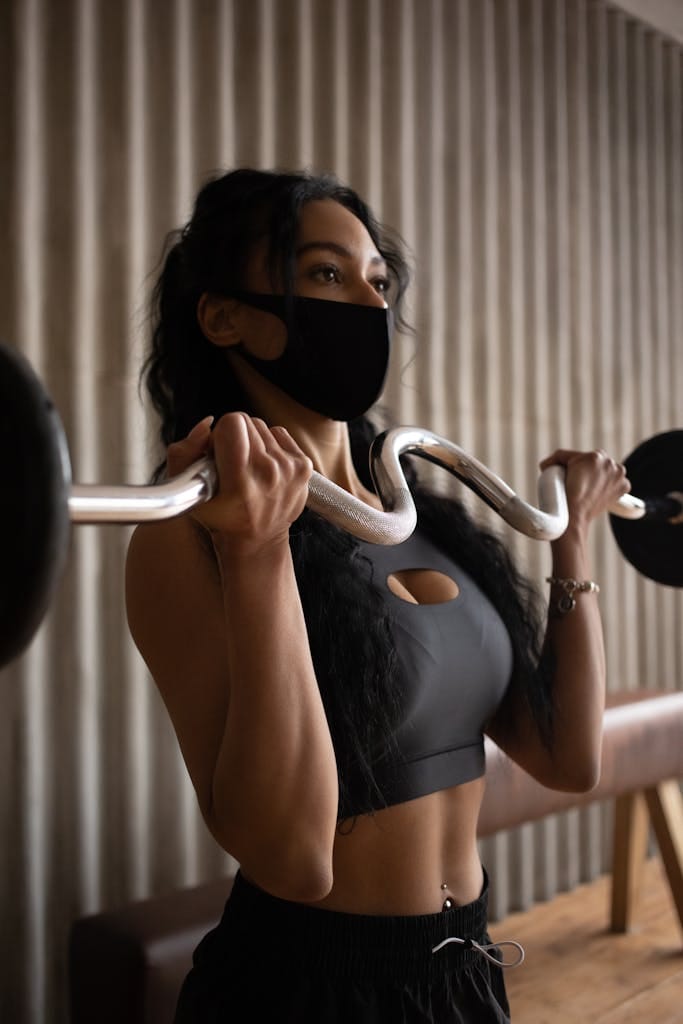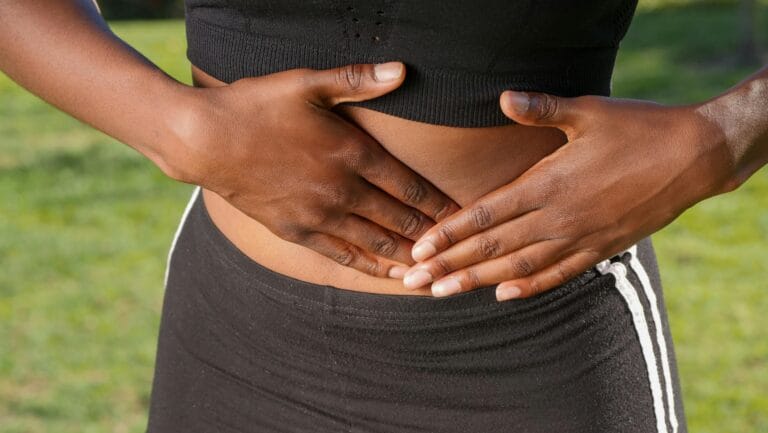FREE SHIPPING OVER $50
This Is How Disgusting Your Gym Equipment Actually Is—And No One’s Talking About It
If you’re hitting the gym regularly, you’re probably focused on getting stronger, faster, and fitter—not thinking about what’s living on the equipment you’re touching. But research shows that your gym gear might be crawling with more germs than a toilet seat—and most people have no clue.
From treadmills to yoga mats, we’re breaking down how nasty gym equipment really is, what you’re being exposed to, and how to stay safe without ditching your gains.
Why Is Gym Equipment So Dirty?

Gyms are perfect environments for bacteria and viruses to thrive. They’re warm, humid, and filled with high-contact surfaces that rarely get deep-cleaned. Combine that with sweat, skin cells, and dozens (if not hundreds) of users every day, and you’ve got yourself a hotbed for harmful microbes.
Research-Backed Grossness
A study by Fitrated found that:
- Free weights have 362x more bacteria than a toilet seat
- Treadmill screens had high levels of gram-positive cocci, which can cause skin infections
- Exercise bikes harbored gram-negative rods, linked to respiratory issues and UTIs
The Filthiest Equipment in the Gym
Not all gym gear is equally contaminated. Here are the worst offenders:
1. Free Weights: A Germ Buffet
Handled frequently and rarely wiped down properly, dumbbells and barbells accumulate everything from sweat to bacteria-laden skin oils.
2. Cardio Machines: Touchscreens of Doom
Treadmills, bikes, and ellipticals are packed with users every day, and not all of them wipe down controls or handles. This equipment is also close to your face—meaning you’re likely breathing in airborne germs.
3. Yoga Mats: Fungi Central
If your gym provides communal mats, they could be home to athlete’s foot, staph, and even ringworm. These infections love the warm, moist environment of yoga sessions.
4. Locker Room Benches: Stealth Contaminators
Even though they’re not technically gym equipment, benches in locker rooms are often overlooked. Wet towels, shoes, and sweaty bodies create the perfect breeding ground for bacteria.
What Germs Are Lurking—And What They Can Do
These aren’t just random microbes—many are pathogens that can lead to infections.
Common Gym Germs You Might Be Touching
- Staphylococcus aureus (MRSA) – Can cause serious skin infections or even sepsis
- E. coli – Often present due to poor hygiene and linked to gastrointestinal issues
- Candida – A fungus responsible for yeast infections and athlete’s foot
- Rhinovirus – The virus that causes the common cold, living on surfaces for up to 3 days
Why No One’s Talking About It
Let’s face it—nobody wants to be the person carrying disinfectant spray through the gym. Hygiene isn’t a sexy subject in the fitness world, and marketing often focuses more on aesthetics than cleanliness.
Plus, many gym-goers just assume everything’s fine as long as they bring a towel. But that’s not enough when dozens of others are touching and sweating on the same equipment every day.
How to Protect Yourself at the Gym
The good news? You don’t need to train in a bubble. With a few smart habits, you can keep yourself safe without standing out.
Quick Hygiene Tips for Gym-Goers
- Wipe down equipment before and after use
Even if someone wiped it, do it again. Use disinfectant wipes or spray, and cover handles, seats, and touchscreens. - Bring your own towel
Use it as a barrier between your body and the equipment. Make sure it’s clean every session. - Use your own yoga mat
If you’re doing floor work, having your own mat drastically reduces exposure to fungus and bacteria. - Wash your hands post-workout
Use soap and water right after you finish, not just sanitizer. - Don’t touch your face mid-workout
It’s an easy way for bacteria to enter your body through your eyes, nose, or mouth.
What Gyms Should Be Doing—But Often Aren’t
While some gyms are vigilant, many rely on members to do the cleaning. Ideally, your gym should:
- Sanitize equipment multiple times a day
- Provide readily available disinfectant sprays or wipes
- Educate members on cleaning etiquette
- Use UV or antimicrobial technology on high-traffic surfaces
If they don’t—or if they brush off your questions about cleaning—you may want to find a new facility.
Should You Be Worried?
Yes—and no. While it’s true that most gym germs won’t immediately make you sick, the risk is real, especially if you have open cuts, compromised immunity, or a history of skin infections.
But rather than skipping the gym, just be more aware. The goal isn’t paranoia—it’s prevention.
Final Thoughts
Your gym gear might be more disgusting than you realized, but that doesn’t mean you have to avoid fitness altogether. Instead, take smart, simple precautions and encourage your gym to prioritize hygiene.
Staying active is key to long-term health—just make sure staying clean is part of your fitness plan, too.
Related Articles
- This German Trick Helped a 45-Year-Old Dad Melt Off 60 Pounds—Here’s How
- Skip the Weights: This Chair Workout With Resistance Bands Toned Me Fast
- 4 Expert-Recommended Exercises Every Woman Needs to Age Like a Boss
- Rounded Shoulders? Fix That Forever With These Game-Changing Moves
- Six-Pack in 28 Days? Yep, I Did It—Here’s the Free Plan (No, It’s Not Just Sit-Ups)



